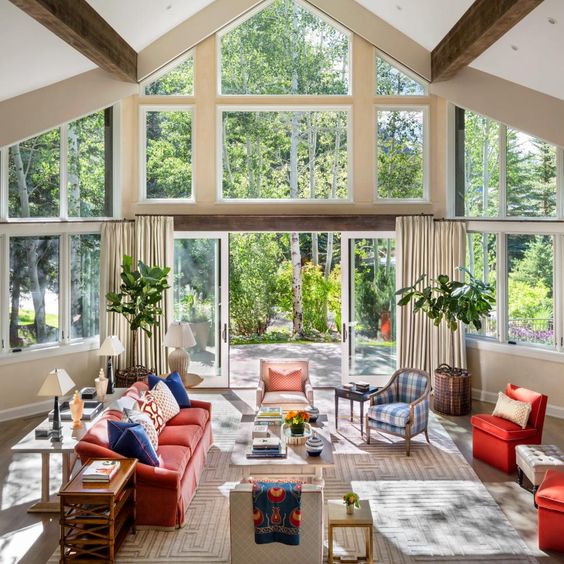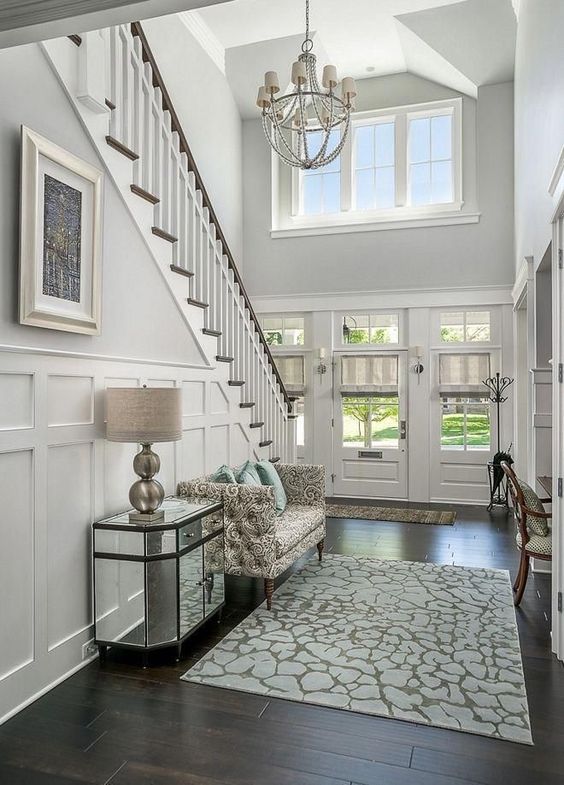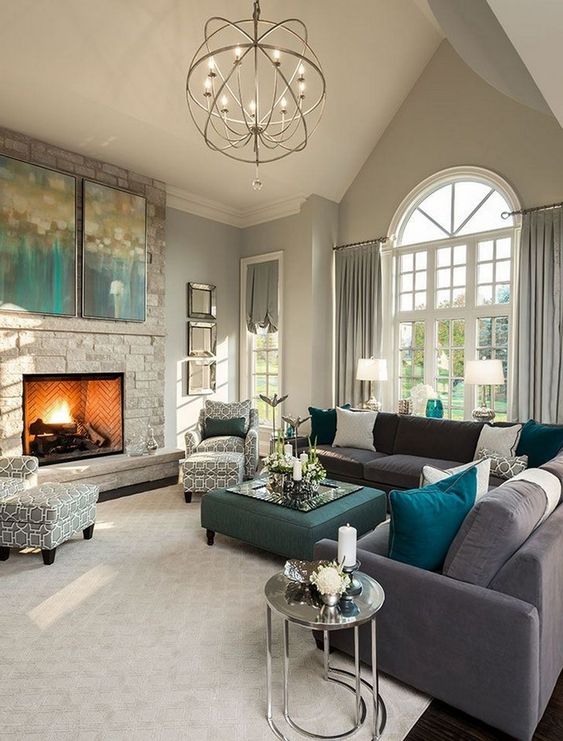
When you’re investigating properties for sale you’ll often see gardens that are south facing promoted as a big plus – bright, sunny, great for relaxing in and ideal for growing a wide variety of plants. What about the windows that look out onto them? While gardens like that are undoubtedly a pleasure, south-facing windows present a range of challenges. Learning how to resolve these will give you a much more satisfying experience as a resident.
The greenhouse effect
When you’re living in the northern hemisphere, the brightest sunlight comes from the south. As it passes through the windows installed by Trident Glass services, into your home it provides both light and heat. In winter this is a big advantage, making it much easier to keep rooms cozy, but in summer it can be a problem, causing them to overheat. In either case, good ventilation is a big help. If you make south-facing rooms into shared spaces like living rooms and kitchens you want to keep the doors open whenever possible, as the heat will naturally funnel through your home (in summer you can open windows on both sides of the house to help with this). South-facing bedrooms which have doors closed for long periods tend to overheat and dry out, which can lead to disrupted sleep. Adjusting radiators so that they’re set lower in south-facing rooms also helps overall.
Careful with those decorations!

One unfortunate hazard of south-facing windows is that when homeowners don’t take proper account of them, they can lead to house fires. This generally occurs when a glass or crystalline object – say, a hanging window decoration, a crystal ball, a wine glass or even a pair of glasses – is positioned where the light shines directly onto it. By focusing the beam, this can raise it to a temperature where newspapers, carpets or soft furnishings actually ignite, so be careful to avoid such hazards and don’t overlook the importance of having sufficient smoke detectors.
Getting the right angle
If you want to make the most of the heat coming into your home, one option you can look at is having your windows fitted with angled glass. This can be done very subtly so that it doesn’t restrict what you see through the windows but what it does do is to capture more light, allowing it to heat up the interior more effectively. This is a popular choice in places with cold climates and it can be combined with curtains, blinds or shutters to prevent the effect from becoming overwhelming during the summer months. You can ask a home window replacement company for ideas.

Low-emissivity glass
An alternative way to maximize the heat coming in through your south-facing windows is to have them fitted with low-emissivity glass. This product keeps harmful UVA and UVB rays passing into your home to a minimum, reducing the associated cancer risk and problems like sore eyes caused by too much light, but it lets in plenty of visible light and infra-red rays, the ones that warm the place up. You should be aware that this will limit the amount of useful light reaching house plants so they may suffer as a result. Naturally, if you’re having an ongoing problem with too much heat coming into your home through the window glass, you may want to look into whether or not your windows have already been fitted with angled or low-e glass and, if necessary, get it taken out.
Controlling the light
When it comes to blocking excess light, it’s worth considering alternative decor ideas like fitting shutters, which can be really effective. Louvered shutters enable you to let in some light without being dazzled by it. They’re more resilient than louvered blinds and have an elegant appearance that works with lots of different home decor styles.
If you want to be able to reduce the heating effect even when your shutters or curtains are open, you can consider home window tinting designed to reflect back some of the light hitting the window surface. This has the effect of making your windows look mirrored from the outside during daylight hours, so it also enhances your privacy, but you should be aware that the reflected light is still going somewhere – so, for instance, you risk damaging the paint on your car if you park it directly in front of such a window on a bright day.
Properly managed, south facing windows can be amazing, providing free heat in winter and light all year round. Just be alert to the problems they can cause and to the actions you can take to resolve them.
